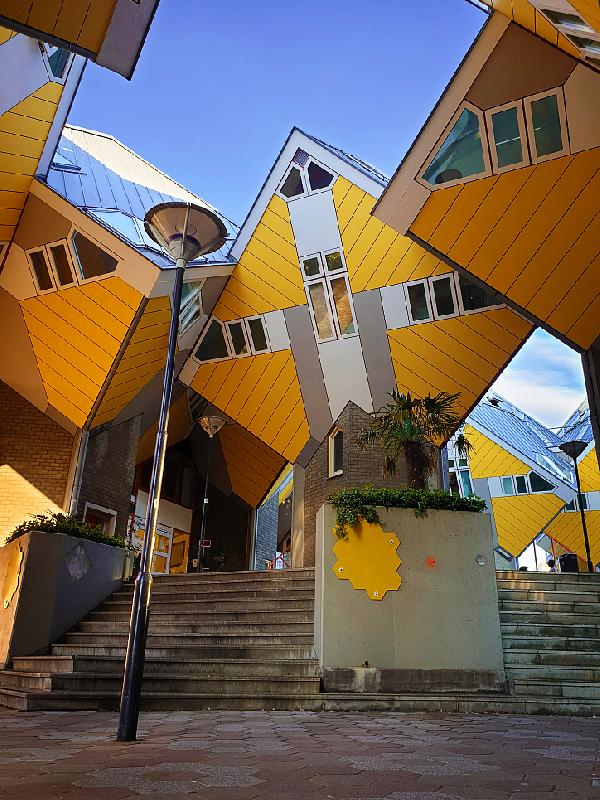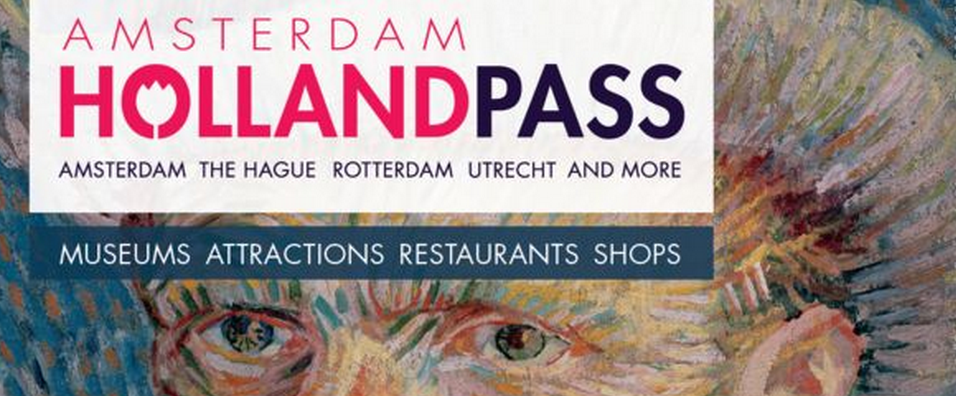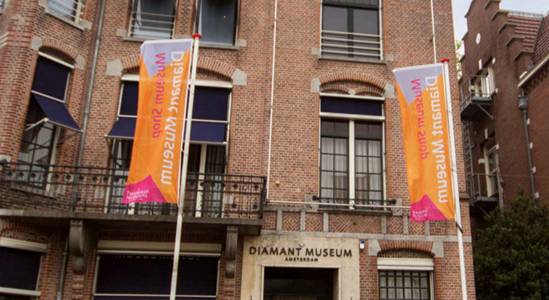A Comprehensive Travel Guide: Amsterdam, Madurodam, Delft, Rotterdam
This itinerary explores the fascinating contrasts of the Netherlands, from the historic canals of Amsterdam and Delft to the groundbreaking modern architecture of Rotterdam, with a charming stop at the miniature world of Madurodam. This circular route is perfect for experiencing the rich diversity of Dutch culture, art, and innovation.
Introduction to the Dutch Circuit
The journey from Amsterdam to Rotterdam via The Hague and Delft covers a relatively short distance but traverses a vast cultural landscape. Travelers will witness the Netherlands' golden age preserved in Amsterdam's canal rings and Delft's porcelain workshops, and then leap into the future amidst Rotterdam's bold cityscape. Efficient Dutch public transport, primarily the national railway (NS), makes this circuit seamless and highly recommended for visitors.
Chapter 1: Amsterdam - The Venice of the North
Amsterdam, the capital, is a city of picturesque canals, world-class museums, and a unique, tolerant spirit. Its 17th-century Canal Belt is a UNESCO World Heritage site, forming the heart of the city's charm.
Key Attractions
Rijksmuseum: The national museum of the Netherlands, home to Rembrandt's "The Night Watch" and thousands of other masterpieces from the Dutch Golden Age.
Van Gogh Museum: Housing the largest collection of Vincent van Gogh's paintings and drawings in the world, it offers a deep dive into the artist's troubled life and brilliant work.
Anne Frank House: A sobering and powerful visit to the secret annex where Anne Frank and her family hid during WWII. Advance online booking is essential.
Jordaan District: A charming neighborhood with narrow streets, quaint houses, independent art galleries, and cozy cafés. Perfect for a leisurely stroll away from the main tourist crowds.
Vondelpark: The city's most famous park, ideal for cycling, picnicking, or simply relaxing and watching the world go by.
Food & Drink
Stroopwafel: Two thin waffles with a caramel-like syrup filling. For the best experience, get a fresh, warm one from a street market.
Bitterballen: A must-try Dutch snack, these are deep-fried, crispy balls filled with a thick, savory ragout, typically served with mustard.
Pannenkoeken: Dutch pancakes, which are larger and thinner than American pancakes but thicker than French crêpes. They can be sweet (with apple and cinnamon) or savory (with cheese and bacon).
Indonesian Rijsttafel: A legacy of the colonial past, this "rice table" is a feast of many small dishes, offering an explosion of flavors.
Transportation & Accommodation
Amsterdam's city center is best explored on foot or by bicycle. The city has an extensive network of trams, buses, and metros operated by GVB. The I amsterdam City Card can offer good value, providing free public transport and entry to many museums. For accommodation, the Canal Belt offers scenic views but can be pricey. The Jordaan provides a more local feel, while areas like De Pijp are trendy and vibrant.
Cultural Insights
Amsterdam is known for its progressive and tolerant ethos. Cycling is an integral part of the local culture; always be aware of bicycle lanes when walking. The concept of "gezelligheid" (a sense of coziness, comfort, and conviviality) is central to Dutch life, often experienced in a brown café (bruin café), a traditional Dutch pub.
Chapter 2: Madurodam - The Netherlands in Miniature
Located in The Hague (Den Haag), Madurodam is a unique 1:25 scale model park that presents a comprehensive miniature city. It's not just an attraction but a memorial and a charity foundation.
Key Attractions
Miniature Replicas: See meticulously detailed models of iconic Dutch landmarks, including Schiphol Airport (with planes that "take off"), the Port of Rotterdam, windmills of Kinderdijk, and the Rijksmuseum.
Interactive Elements: Many exhibits are interactive. Visitors can operate bridges, load containers in the port, or put a flower auction into action.
The Story of George Maduro: Learn about the war hero after whom the park is named, a Dutch resistance fighter who died in Dachau concentration camp. The park's profits support youth charities.
Practical Information
Madurodam is easily accessible from The Hague Central Station by tram (line 9). A visit typically takes 2-3 hours. It's a fantastic and educational experience for both children and adults, offering a great overview of Dutch highlights in one place.
Chapter 3: Delft - The City of Blue and Vermeer
A short train ride from The Hague or Rotterdam lies Delft, a postcard-perfect town famous for its blue pottery, its association with painter Johannes Vermeer, and its historic market square.
Key Attractions
Markt (Market Square): One of the largest market squares in the Netherlands, flanked by the impressive City Hall (Stadhuis) and the Nieuwe Kerk (New Church).
Nieuwe Kerk: The burial place of the Dutch Royal Family, including William of Orange. Climbing the tower offers stunning views over Delft's red rooftops.
Vermeer Centrum Delft: While it doesn't house original Vermeer paintings, this center offers an excellent biographical journey into the life and techniques of the "Master of Light."
Royal Delft (De Koninklijke Porceleyne Fles): The last remaining factory from the 17th century that still produces the world-famous hand-painted blue and white pottery. Tours and painting demonstrations are available.
Canal Cruise: A boat tour through Delft's quiet canals provides a serene and beautiful perspective of the city's historic architecture.
Food & Drink
Delftse Bak: A local pastry that can be found in bakeries throughout the city.
Dutch Cheese: Sample Gouda or Edam from one of the specialist cheese shops on the Markt.
Café Hopje: Enjoy a coffee in one of the many charming cafés overlooking the canals.
Transportation & Accommodation
Delft is compact and easily walkable. The central train station connects it directly to The Hague (10 mins), Rotterdam (15 mins), and Amsterdam (~1 hour). Staying in Delft offers a quieter, more intimate alternative to the larger cities. Look for boutique hotels or bed & breakfasts within the historic center.
Cultural Insights
Delft is deeply connected to the House of Orange-Nassau; William of Orange, the "Father of the Netherlands," lived and was assassinated here. The city's identity is also inextricably linked to the color "Delft Blue," a craft that has defined its global reputation for centuries.
Chapter 4: Rotterdam - The Architectural Marvel
Rotterdam stands in stark contrast to Amsterdam. Heavily bombed in WWII, it was rebuilt with a focus on innovation and modern architecture, resulting in a dynamic skyline and a bold, forward-thinking character.
Key Attractions
Markthal (Market Hall): An architectural icon resembling a giant horseshoe, with a stunning arched interior covered in a massive artwork. Inside is a vibrant food market with dozens of stalls.
Erasmusbrug (Erasmus Bridge): This elegant suspension bridge, nicknamed "The Swan," is a symbol of Rotterdam and connects the north and south parts of the city.
Cube Houses (Kubuswoningen): A set of innovative houses tilted at a 45-degree angle. One is open to the public as a museum ("Kijk-Kubus") to experience the unconventional living space.
Euromast: For the best panoramic view of Rotterdam's unique skyline and port, take the elevator or even abseil down this 185-meter-high tower.
Museum Boijmans Van Beuningen Depot: The world's first publicly accessible art storage facility. Its reflective, bowl-shaped design is an attraction in itself, offering a behind-the-scenes look at museum art conservation and storage.
Food & Drink
Market Hall Cuisine: The Markthal is a food lover's paradise. Sample Dutch herring, international cheeses, bitterballen, stroopwafels, and more under one spectacular roof.
Fenix Food Factory: Located in a renovated warehouse in the trendy Katendrecht district, this is a hub for local artisanal food producers, offering craft beer, cheese, bread, and smoked meats.
Rotterdam's Diverse Food Scene: The city's multicultural population means you can find excellent Surinamese, Turkish, and Indonesian restaurants.
Transportation & Accommodation
Rotterdam has an efficient metro system that connects key areas. The city center is very walkable. Trams are also convenient for getting around. For accommodation, staying near the city center or the Kop van Zuid area offers easy access to major sights. The Witte de Withstraat area is known for its nightlife and artistic vibe.
Cultural Insights
Rotterdam's identity is built on resilience, innovation, and commerce. It is home to Europe's largest port, which drives its pragmatic and international character. The city embraces experimental architecture and public art, making it an open-air museum of modern design.
The Return to Amsterdam
The train journey from Rotterdam Central Station back to Amsterdam Central takes approximately 40-60 minutes on frequent Intercity Direct services. It's a comfortable and scenic ride through the characteristic Dutch polder landscape.
Practical Itinerary and Travel Tips
Suggested 5-Day Itinerary
Day 1 & 2: Explore Amsterdam. Dedicate one day to Museumplein (Rijksmuseum, Van Gogh) and another to the Jordaan, Anne Frank House, and a canal cruise.
Day 3: Day trip to The Hague and Madurodam. In the afternoon, take a short train to Delft for dinner and an evening stroll through its illuminated streets.
Day 4: Explore Delft in the morning (Nieuwe Kerk, Royal Delft), then take an afternoon train to Rotterdam. Explore the Cube Houses and Markthal.
Day 5: Discover more of Rotterdam (Euromast, Depot Boijmans Van Beuningen) before taking the train back to Amsterdam for your departure.
Transportation Between Cities
The Nederlandse Spoorwegen (NS) railway network is reliable and efficient. It is highly recommended to purchase an OV-chipkaart (the national public transport card) or use a contactless bank card (Maestro/Visa/Mastercard) for tap-in/tap-out travel on all trains, trams, and buses. For international travelers not using contactless payments, individual e-tickets can be purchased online or at station machines.
General Travel Tips
Book in Advance: Major museums like the Anne Frank House and Van Gogh Museum require online timed tickets booked well in advance.
Weather Preparedness: Dutch weather is unpredictable. Always carry a rain jacket or umbrella.
Tipping: Service is usually included in bills. It is customary to round up the bill or leave a 5-10% tip for good service in restaurants.
Language: English is widely spoken throughout the Netherlands at an excellent level, making communication easy for tourists.
This journey through Amsterdam, Madurodam, Delft, and Rotterdam offers a profound understanding of the Netherlands—a small country with a vast history, a deep respect for its past, and an unwavering gaze towards the future.



